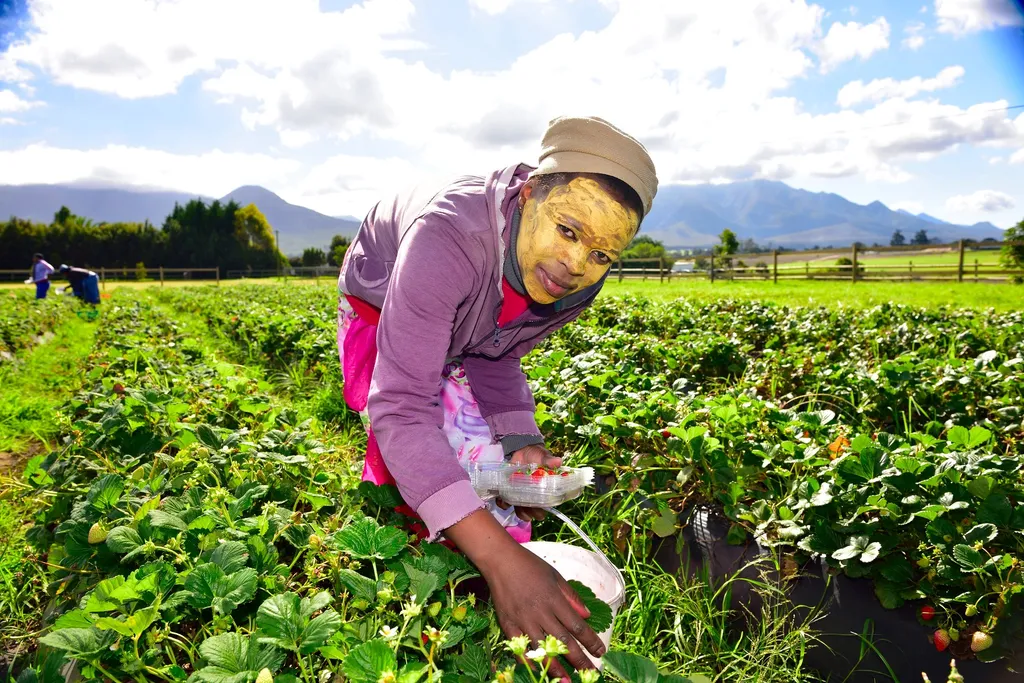In the heart of South Africa’s Fetakgomo Tubatse Local Municipality, a pressing question has emerged: Why aren’t public agricultural extension services effectively promoting sustainable land management practices (SLMPs) among smallholder farmers? A recent study published in *Frontiers in Sustainable Food Systems* (which translates to *Journal of Sustainable Food Systems*) sheds light on this conundrum, revealing a counterintuitive trend that challenges conventional wisdom.
Led by Ephias Mugari, the research delves into the influence of public agricultural extension services on SLMP adoption in four villages: Mphanama, Ga-Radingwana, Ga-Matlala, and Maseleseleng. The findings, though surprising, offer valuable insights for policymakers, agricultural practitioners, and investors in the energy sector, where sustainable land use is increasingly intertwined with renewable energy projects.
Contrary to expectations, the study found that public extension services had a significant negative influence on SLMP implementation. “This was a stark revelation,” Mugari notes. “We expected to see a positive correlation, but the data told a different story.” The research employed a recursive bivariate probit regression model to examine the complex relationship between extension access and SLMP implementation, revealing that unobserved factors and systemic barriers jointly influenced both.
The study identified several key predictors for SLMP implementation, including access to irrigation and use of fertilizers. Interestingly, larger cropped areas were found to discourage SLMP adoption, highlighting the need for tailored approaches that consider farm size and resource availability.
So, what does this mean for the future of agricultural extension services and sustainable land management? Mugari emphasizes the need for a paradigm shift. “Traditional extension approaches need to evolve. We must integrate digital and in-person advisory services and prioritize localized knowledge,” he asserts. This could open up new avenues for tech-driven solutions, creating opportunities for investors and entrepreneurs in the agritech and energy sectors.
Moreover, the study underscores the importance of addressing structural barriers that hinder SLMP adoption. “Extension services should go beyond information dissemination,” Mugari explains. “They need to provide resources that reduce these barriers, enhancing the effectiveness of their services and promoting sustainable practices.”
As the world grapples with the challenges of climate change and food security, this research serves as a wake-up call. It highlights the need for a more nuanced understanding of the factors driving SLMP adoption and the role of public agricultural extension services in this process. For the energy sector, this could mean new opportunities for collaboration, innovation, and investment in sustainable land use practices that support renewable energy projects.
In the words of Mugari, “This is not just about farming; it’s about creating a sustainable future for all.” As we look to the horizon, the lessons from Fetakgomo Tubatse Local Municipality offer a roadmap for transforming agricultural extension services and promoting sustainable land management practices on a global scale. The journey is just beginning, and the stakes have never been higher.

